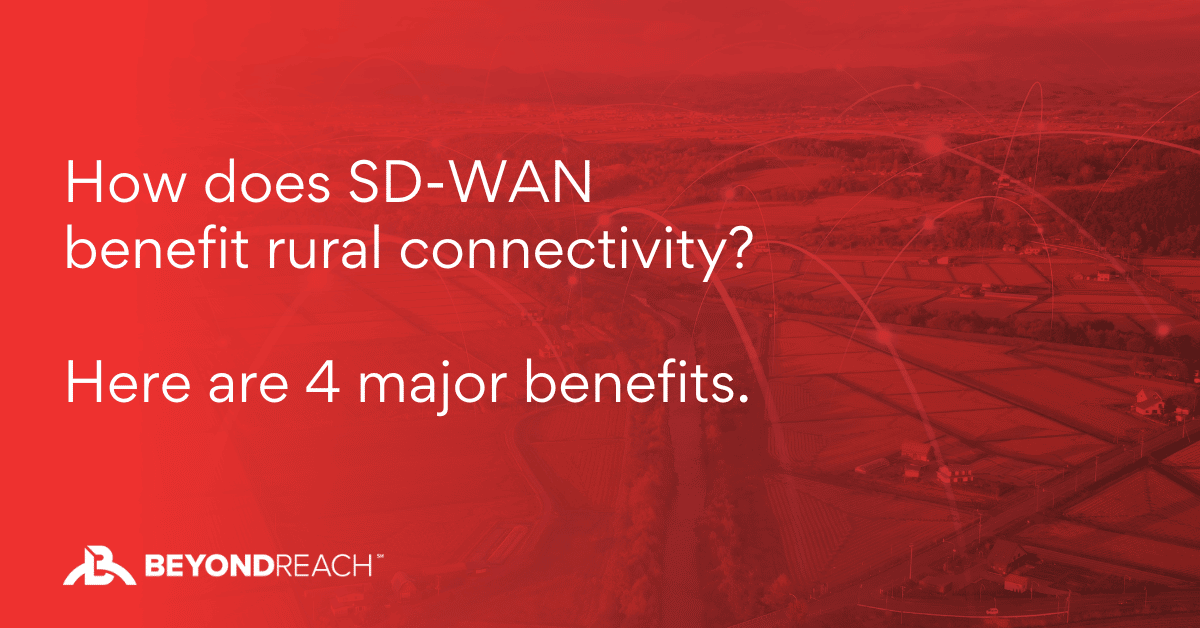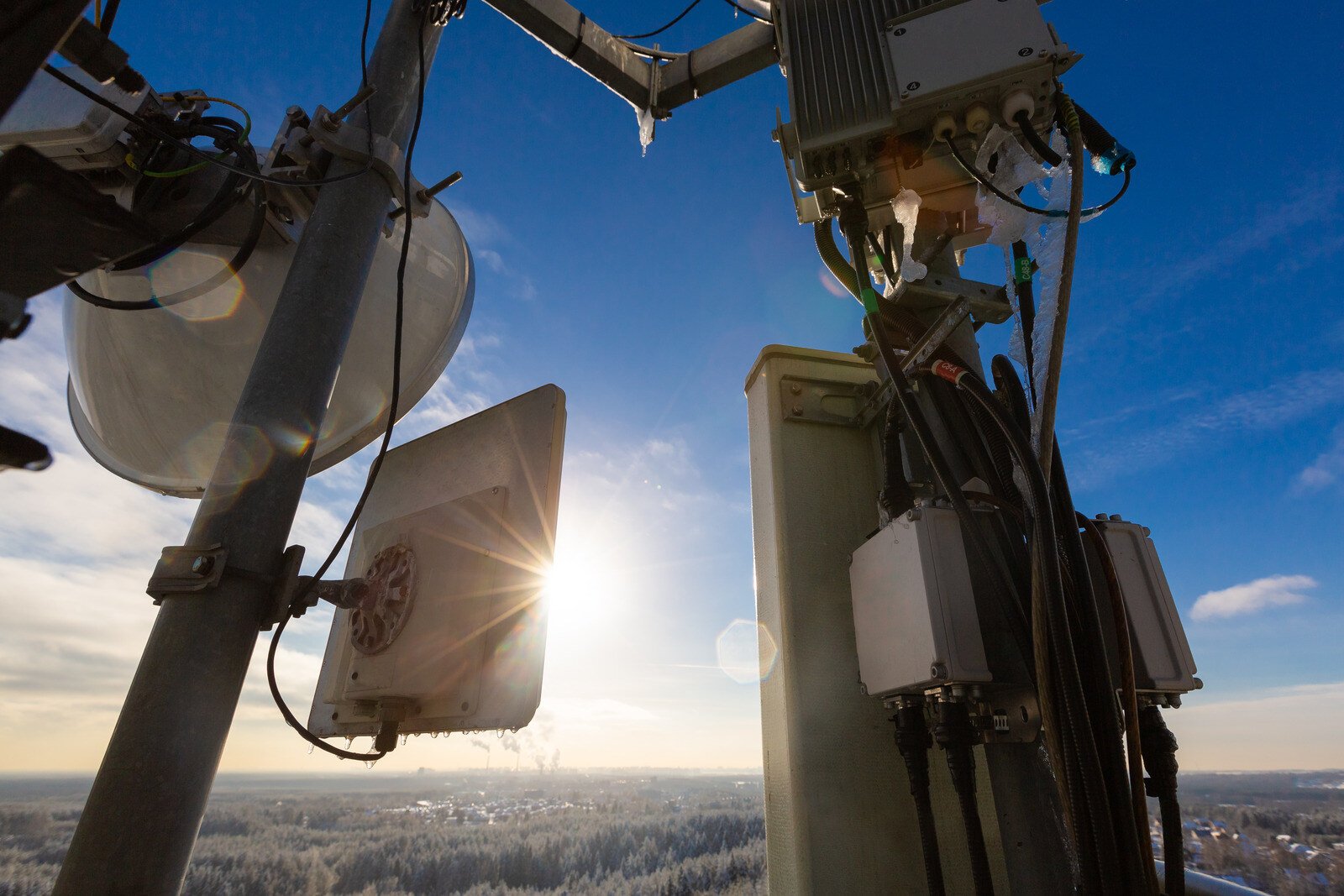Empowering Rural Connectivity Projects for WISPs: Strategies and Innovations
Wireless Internet Service Providers (WISPs) are at the forefront of tackling one of the most significant challenges in the telecommunications industry: extending reliable internet access to rural areas. These rural connectivity projects are vital for bridging the digital divide and enhancing the lives of those in less populated areas. Here, we explore effective strategies and innovations that can empower WISPs to expand their services into these critical regions.
Assessing Terrain and Infrastructure Challenges
Before diving into rural projects, it's crucial for WISPs to thoroughly understand the specific challenges they will face. These often include geographical obstacles, such as mountains and forests, which can hinder signal propagation. Additionally, the lack of existing infrastructure can make projects more complex and costly. Conducting detailed surveys and leveraging geographic information system (GIS) technology can provide WISPs with the data needed to plan effectively.
Leveraging the Right Technology to Overcome Rural Limitations
To tackle the unique challenges of rural connectivity, selecting the appropriate technology is key. Fixed wireless access (FWA) stands out as a particularly effective solution, thanks to its ability to provide high-speed internet over large distances and varied terrains without the need for extensive cabling. Innovations like beamforming technology and the use of higher frequency bands can further enhance the reach and quality of service.
Optimizing Network Design for Coverage and Capacity
Effective network design is paramount in ensuring that rural communities receive reliable and robust internet service. WISPs should focus on creating a scalable network architecture that can grow with increasing demand. Utilizing a mix of backhaul solutions, including both fiber and microwave links, can provide a resilient foundation. Additionally, strategic placement of base stations and repeaters can maximize coverage and signal strength across widespread areas.
Community Involvement and Partnerships: Engaging with Local Stakeholders
Successful rural connectivity projects often rely on the support and involvement of local communities. Engaging with residents, local businesses, and government entities from the outset can foster partnerships that facilitate smoother project deployment. These relationships can also aid in navigating local regulations and gaining necessary approvals, ensuring that projects move forward without significant delays.
 Sustainable Practices and Long-Term Planning
Sustainable Practices and Long-Term Planning
As WISPs expand into rural areas, it's important to adopt sustainable practices that ensure the long-term viability of connectivity projects. This includes:
- Planning for ongoing maintenance and upgrades
- Investing in energy-efficient technologies
- Training local teams to manage and troubleshoot the network
Preparing for the future will help maintain the quality of service and customer satisfaction in the long run.
Our Commitment to Rural Connectivity
At BeyondReach, we are dedicated to empowering WISPs with the solutions and support needed to tackle rural connectivity challenges. Our advanced fixed wireless technologies and comprehensive planning tools are designed to streamline the deployment of rural projects, ensuring that communities receive reliable, high-quality internet service.
We understand the impact that connectivity has on rural areas, from boosting local economies to improving educational opportunities, and we are committed to helping WISPs extend their reach into these underserved regions.
Partner with BeyondReach to bring your rural connectivity projects to life. Let’s work together to bridge the digital divide and create a more connected world. Reach out to us today to explore how our technologies and expertise can support your expansion goals.










